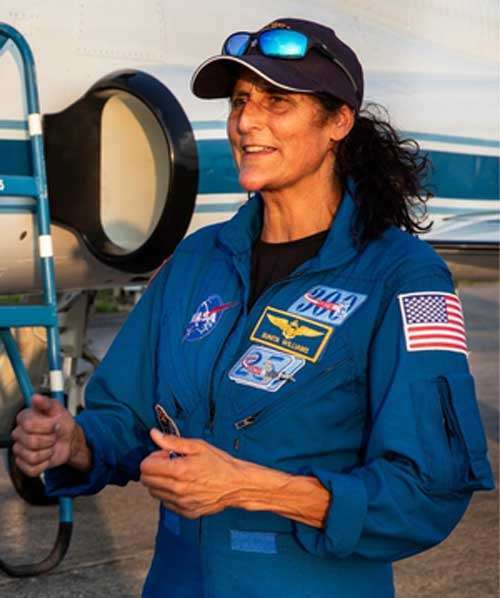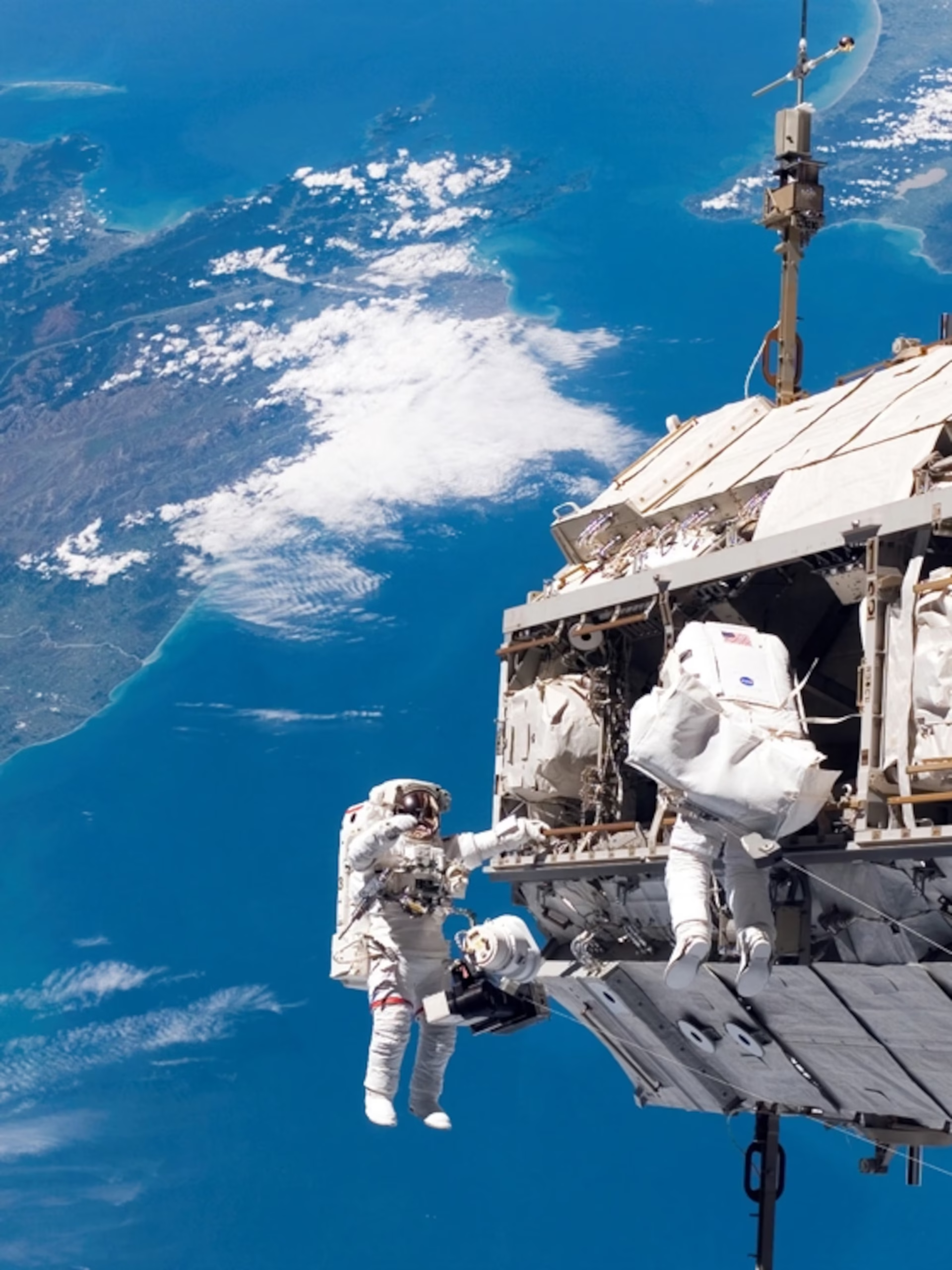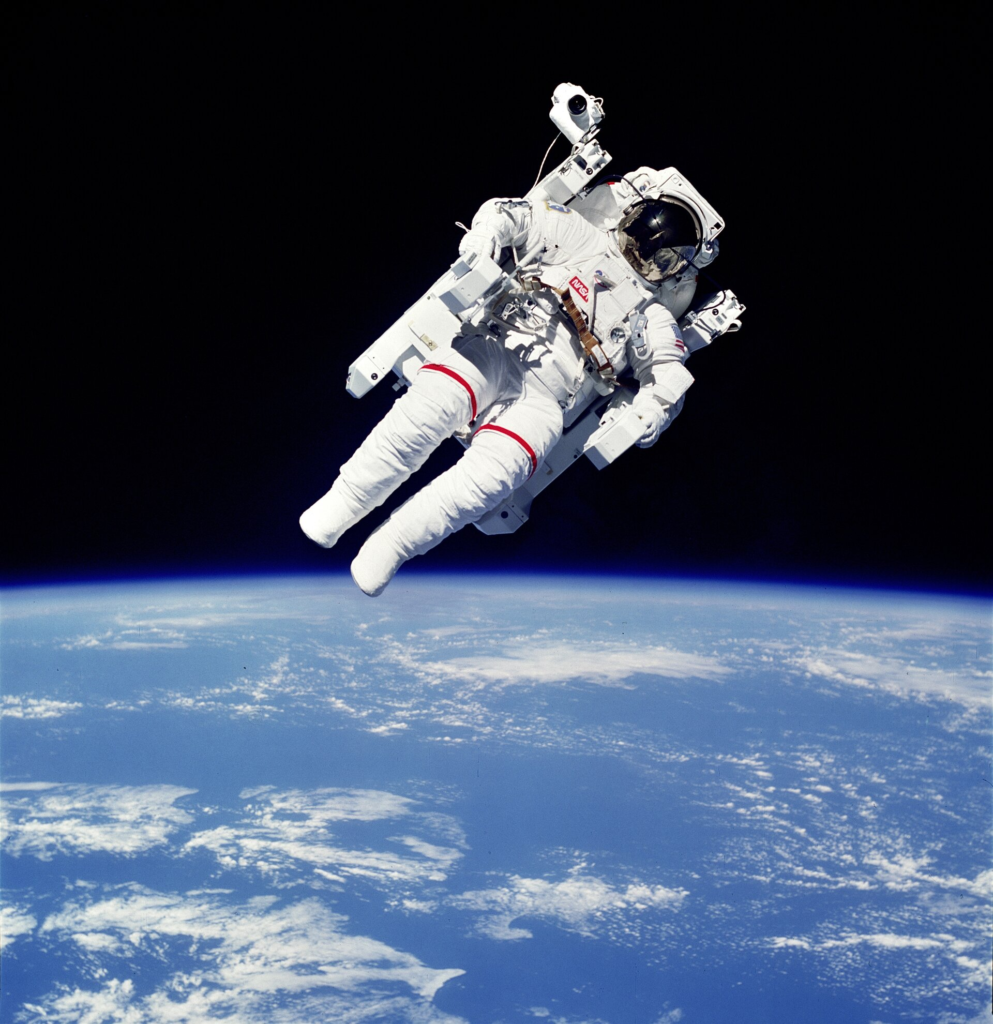NASA astronauts Sunita Williams and Butch Wilmore have been making headlines for their extended stay aboard the International Space Station (ISS), far beyond their initially planned mission. Scheduled to return to Earth in February 2025, their journey home has been delayed to late March at the earliest due to technical issues with their spacecraft. Despite the challenges, the astronauts have shared heartfelt messages about their experience, expressing their eagerness to reunite with loved ones while maintaining a positive outlook on their mission.
Sunita Williams and Butch Wilmore share their plea to return home
Williams and Wilmore, both seasoned NASA astronauts, have been aboard the ISS for over nine months, significantly longer than their original seven-day mission. According to reports, during a call with NASA officials, Williams remarked, “It doesn’t feel like we’re cast away. Eventually, we want to go home because we left our families a little while ago, but we have a lot to do while we’re up here.”
While their extended stay has become a logistical challenge, the astronauts have emphasized their commitment to completing their work aboard the ISS, which includes scientific experiments and upcoming spacewalks.
Life aboard the International Space Station
Living in microgravity has unique quirks, and Wilmore and Williams have shared humorous anecdotes about their daily routines. One notable aspect is the practicality of wearing the same clothes for extended periods. “Clothes fit loosely up here,” Wilmore said, adding that in space, garments can be worn for weeks without discomfort since there’s no sweating as on Earth.
Concerns arose about the astronauts’ health after photos showed Williams appearing weaker and losing muscle mass. However, both astronauts reassured the public that their food supply is sufficient. As reported, Wilmore jokingly commented, “We are well fed,” easing fears about their well-being.
Challenges leading to the extended mission
The astronauts’ prolonged stay aboard the ISS is due to technical issues with Boeing’s Starliner spacecraft. Originally designed for a brief 7-day mission, the spacecraft experienced propulsion system problems that delayed its planned return in June 2024. NASA has rescheduled their return flight for March 2025 at the earliest, pending the successful launch of Crew-10 to bring them back.
Despite the delays, both astronauts have continued their work diligently, managing operations aboard the ISS and conducting experiments associated with SpaceX 31. These efforts have kept them engaged and contributed valuable data to NASA’s ongoing research.
The human element of space exploration
The prolonged mission underscores the emotional and physical challenges astronauts face during extended space travel. While the scientific benefits of their work are immense, the personal sacrifices, such as time away from family, highlight the dedication required for such endeavors. Williams and Wilmore’s positive attitudes and humor have resonated with many, showcasing the resilience needed to thrive in space.
What’s next for Sunita Williams and Butch Wilmore?
The delay in their return highlights the complexities of space exploration, where even the smallest technical issues can have significant implications. As Crew-10 prepares for its mission to bring Williams and Wilmore home, NASA remains committed to ensuring the safety and success of its astronauts.
Story by TOI Science Desk




